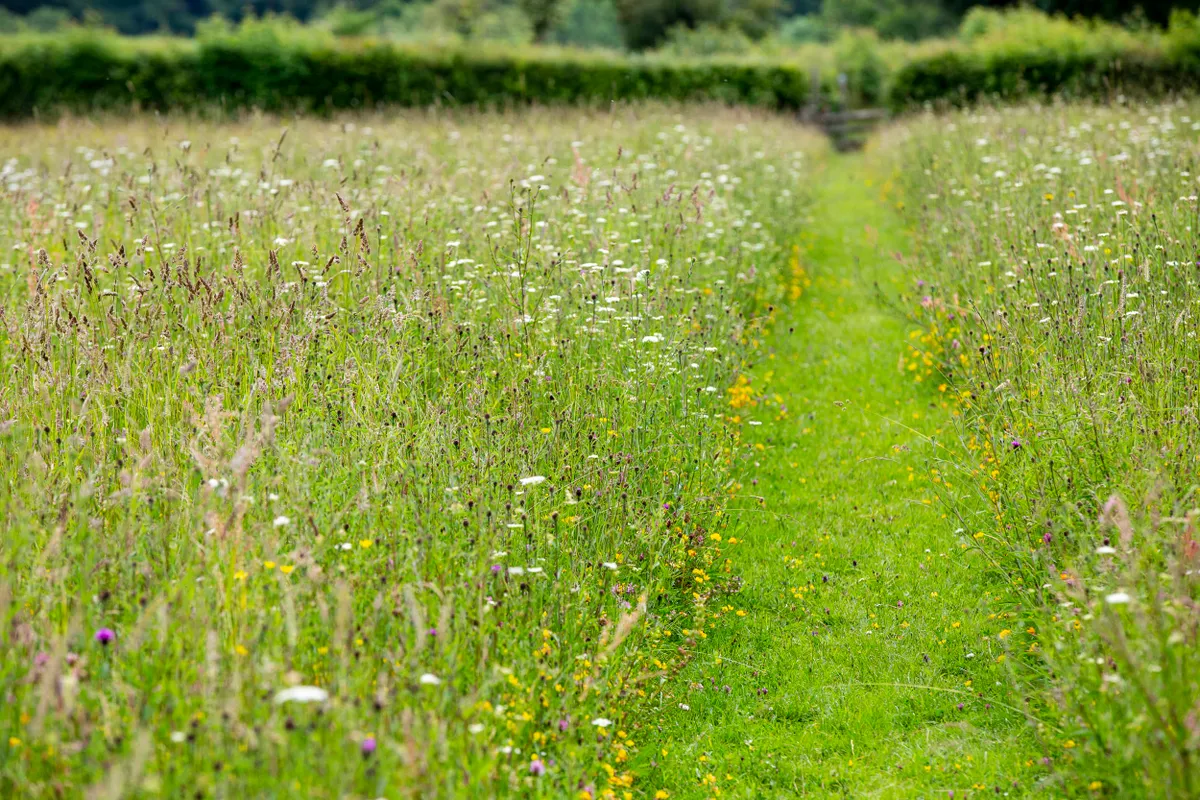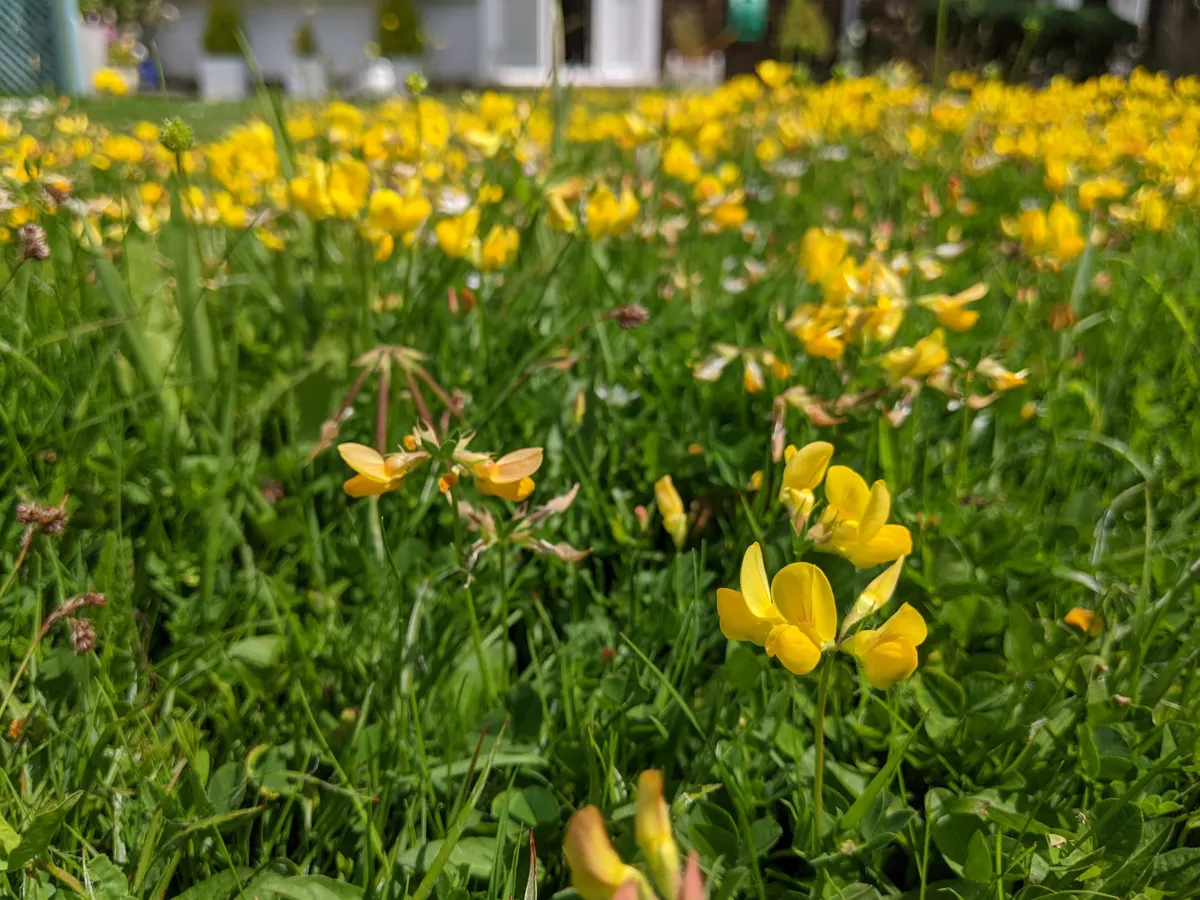Wilder lawns are being embraced by more and more people according to Plantlife, the charity behind the campaign No Mow May.
Read all about the importance of No Mow May
Ninety two per cent of people surveyed by Plantlife last year said they didn't mow their lawns in May, an increase of 30 per cent.

As No Mow May launches this year, the charity has also revealed the top ten most common lawn wild flowers, with daisies topping the list. Daisies, Creeping Buttercup, Yellow Rattle, Common Birds’-foot Trefoil and Field Forget-me-not comprise the top five. Common Birds'-foot Trefoil is good news for wildlife: the ‘super plant’ is a rich source of food for 140 different insect species.
No Mow May is Plantlife's movement to promote wilder, longer lawns which are better for biodiversity.

Ninety-seven per cent of wildflower meadows have been eradicated in less than a century and this has moved once widespread plants like Ragged Robin, Field Scabious and Devil’s-bit Scabious on to the Near Threatened list in England.
How to take part in No Mow May
Put your mower in the shed for the entire month of May
Record what grows in specific areas of your lawn on the Plantlife website
Nicola Hutchinson, director of conservation at Plantlife said: "Wild plants and fungi are the foundation of life and shape the world we live in. However, one in five British wildflowers is under threat and we need to urgently address and arrest the losses. With an estimated 23 million gardens in the UK how lawns are tended makes a huge difference to the prospects for wild plants and other wildlife. The simple action of taking the mower out of action for May can deliver big gains for nature, communities and the climate so we are encouraging all to liberate lawns as never before.”
If you added up all the garden lawns in the UK they would make up the size of Bedfordshire or 125,000 hectares. Mowing less is beneficial for plants and pollinators, as well as the soil, all of which help carbon capture.

No Mow May encourages people to leave their mower in the shed, but also suggests avoiding mowing at all after the month. Mowing once every 4-6 weeks will maintain a shorter, re-flowering lawn where Bugle, Self-heal, Red Clover and Lady’s Bedstraw can thrive.
The top ten most common wildflowers on lawns
Daisies
Creeping Buttercup
Yellow Rattle
Common Birds’-foot Trefoil
Field Forget-me-not
Meadow Buttercup
White Clover
Common Mouse-ear
Oxeye Daisy
Dandelion
